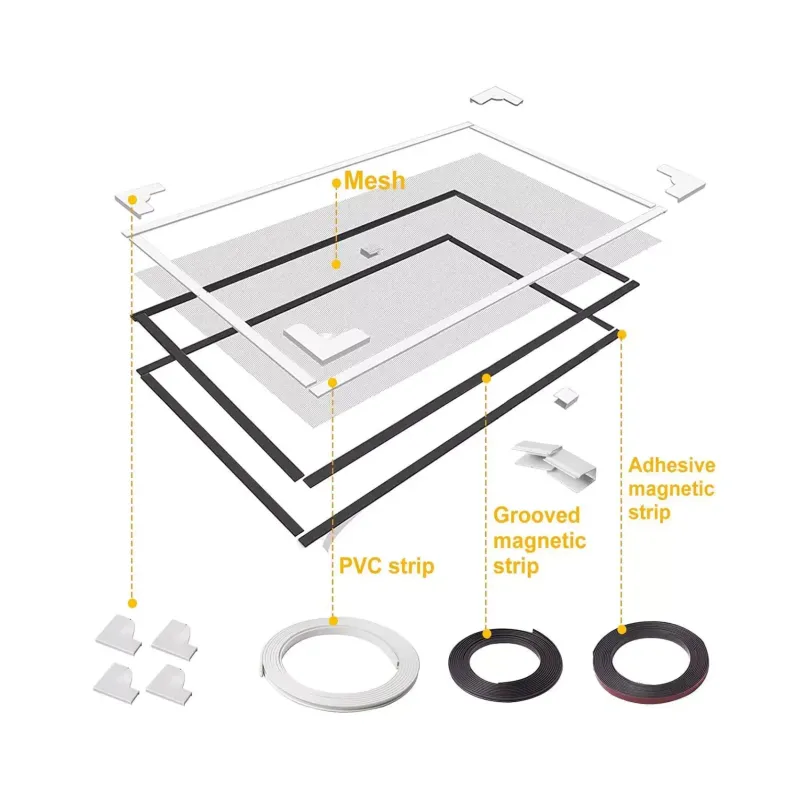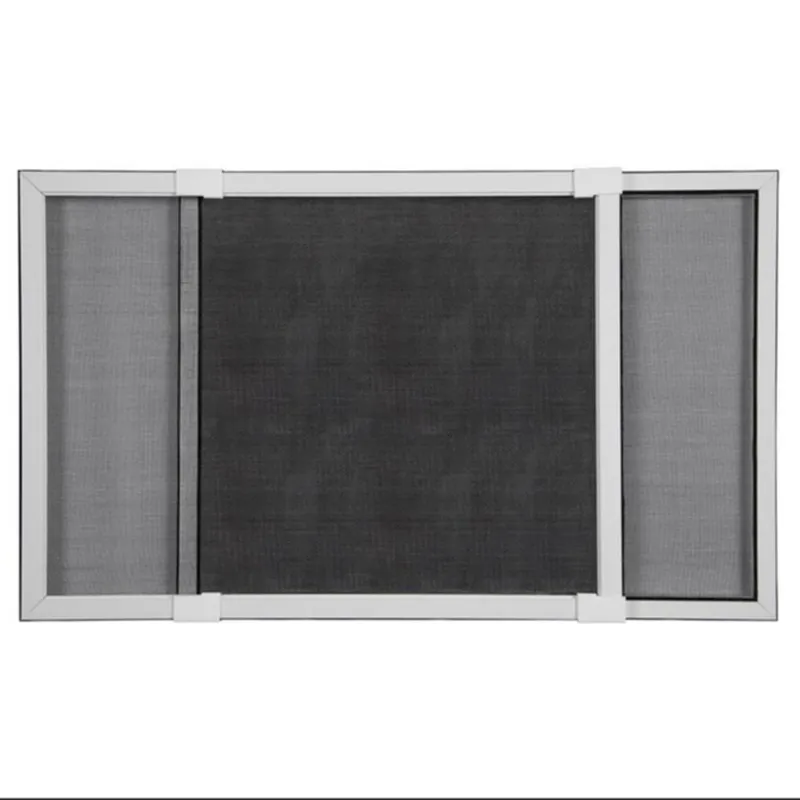Feb . 15, 2025 16:16 Back to list
Sliding Screen Door
Choosing a high-quality sliding door fly screen can be a significant decision for homeowners looking to maintain a comfortable and bug-free environment. However, understanding the true cost of these screens goes beyond just the purchase price. This article offers an in-depth analysis of the sliding door fly screen cost, incorporating factors such as long-term value, durability, installation, and maintenance.
Maintenance and longevity are essential components when evaluating the long-term cost-effectiveness of sliding door fly screens. Regular upkeep, including cleaning and checking for tears or loosened frames, prolongs the screen’s lifespan. Fiberglass screens may need more frequent replacements compared to aluminum ones, adding to future costs. Therefore, investing in higher-quality materials can often lead to reduced maintenance expenses and better overall value. Innovative features have started to influence the cost of sliding door fly screens as well. Some screens offer retractable technology, allowing them to slide back into place when not in use, preserving screen life and optimizing convenience. Although retractable screens come with a higher upfront cost, typically between $200 to $500, their added functionality and lifespan savings could justify the expense for many households. When assessing the high initial expense of a sliding door fly screen, homeowners should also consider energy efficiency components. A well-fitted screen allows for natural ventilation while excluding pests, reducing reliance on air conditioning and potentially lowering energy bills. This indirect benefit can make the investment in a top-tier fly screen a financially wise decision over time. In summary, while the initial price tag is a crucial consideration, the true cost of sliding door fly screens extends beyond buying. Paying attention to material quality, installation expertise, custom features, and ongoing maintenance can significantly impact the overall value and effectiveness of the screen. By weighing all these factors, homeowners can make informed decisions that align with their needs and budgets, ensuring a comfortable, pest-free living space that enhances their quality of life.


Maintenance and longevity are essential components when evaluating the long-term cost-effectiveness of sliding door fly screens. Regular upkeep, including cleaning and checking for tears or loosened frames, prolongs the screen’s lifespan. Fiberglass screens may need more frequent replacements compared to aluminum ones, adding to future costs. Therefore, investing in higher-quality materials can often lead to reduced maintenance expenses and better overall value. Innovative features have started to influence the cost of sliding door fly screens as well. Some screens offer retractable technology, allowing them to slide back into place when not in use, preserving screen life and optimizing convenience. Although retractable screens come with a higher upfront cost, typically between $200 to $500, their added functionality and lifespan savings could justify the expense for many households. When assessing the high initial expense of a sliding door fly screen, homeowners should also consider energy efficiency components. A well-fitted screen allows for natural ventilation while excluding pests, reducing reliance on air conditioning and potentially lowering energy bills. This indirect benefit can make the investment in a top-tier fly screen a financially wise decision over time. In summary, while the initial price tag is a crucial consideration, the true cost of sliding door fly screens extends beyond buying. Paying attention to material quality, installation expertise, custom features, and ongoing maintenance can significantly impact the overall value and effectiveness of the screen. By weighing all these factors, homeowners can make informed decisions that align with their needs and budgets, ensuring a comfortable, pest-free living space that enhances their quality of life.
Products
Latest news
-
Unveiling the Allure and Practicality of Classic Mosquito Nets
NewsJul.04,2025 -
Unraveling the World of Mosquito Nets: Varieties, Costs, and Production
NewsJul.04,2025 -
Redefining Protection and Style: The World of Mosquito Nets
NewsJul.04,2025 -
Enhancing Sleep and Style with Contemporary Mosquito Nets
NewsJul.04,2025 -
Diverse Solutions in Mosquito Netting: Sizes, Varieties, and Flexibility
NewsJul.04,2025 -
Deciphering Mosquito Nets: Significance, Varieties, and Applications
NewsJul.04,2025 -
Transforming Bedrooms into Mosquito - Free Havens
NewsJul.01,2025









